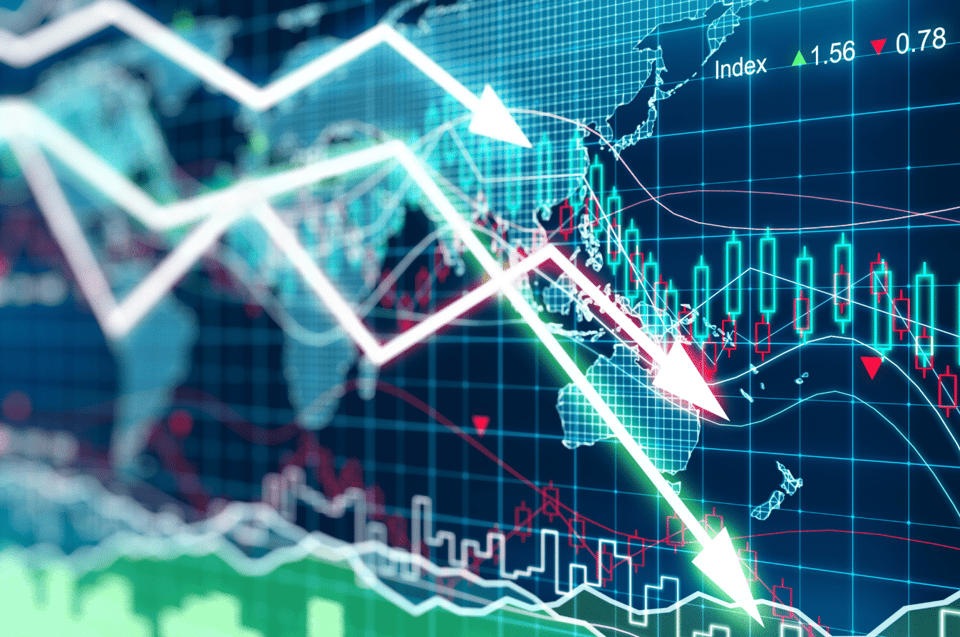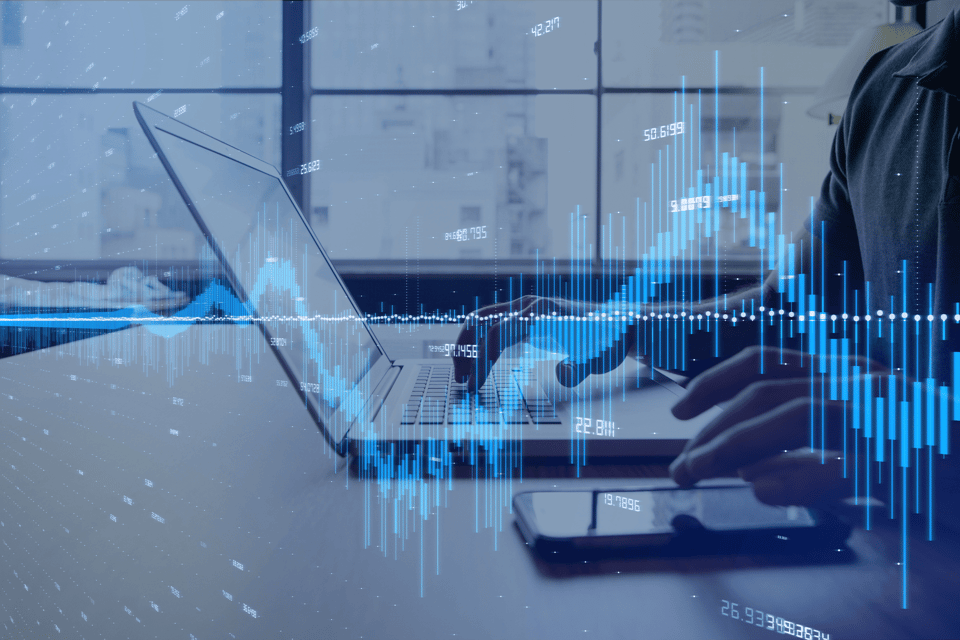When it comes to futures analysis, there are two primary schools of thought: fundamental and technical. Each discipline has legions of dedicated followers who eagerly engage the market every day from unique vantage points. No matter a trader’s size or style, any adopted methodologies are rooted in either fundamental or technical analysis.
Traditional Market Analysis
Since the dawn of the marketplace, participants have attempted to attribute fluctuations in asset pricing to the relevant economic underpinnings of the day. By examining critical market drivers, traders attempt to identify the intrinsic or real value of an asset.
Fundamental analysis is viewed as being the traditional form of market study, a tried-and-true process of crafting trade-related decisions. Fundamental futures analysis may be either qualitative or quantitative, giving traders a broad spectrum of subject matter to digest. Here are a few of these factors local to the futures markets:
- Supply and demand: The evolving relationship between supply and demand is a key fundamental. Disequilibrium in this area can lead to scarcity or abundance, both of which are capable of dramatically impacting asset valuations.
- Current events: Weather, politics, and armed conflict can be important parts of any fundamental market outlook.
- Economic cycle: Micro- and macroeconomic trends are often viewed as being important drivers of intrinsic value.
- Market state: Addressing the prevailing bullish or bearish sentiment facing an individual asset, or the broader market, is a key aspect of fundamental analysis.
The quintessential goal of fundamental analysis is to determine whether an asset is overvalued or undervalued. For instance, assume Carey the Corn Trader is breaking down the drivers of the North American age markets. After studying the impacts of inclement weather and political developments on the sector, Carey projects corn will sell at a premium come harvest in November. Accordingly, Carey decides to open a long position in December corn futures (ZC) offered by the CME. If the price of December corn rallies toward harvest time, Carey will be in a position to profit from the fundamentals-based trade.
Any trades are educational examples only. They do not include commissions and fees.
It’s All About Price Action
Originating in 17th-century Amsterdam, technical analysis is the study of price action itself. In an attempt to accurately forecast future market behavior, technical analysis is used to place historical and current price action into a manageable context. The result is a concrete framework for crafting trade-related decisions.
As the marketplace has evolved into a digital format, the popularity of technical futures analysis has exploded. Here are two pillars of the entire area of study:
- Charting: Regardless of format, the pricing chart is the basis of modern technical analysis. Candlestick, OHLC, volume, and Time price offering (TPO) charts are several of the most popular types.
- Indicators: Both proprietary and public domain indicators play an integral role in technical analysis. Tools such as Fibonacci Extensions and momentum oscillators are regularly employed by traders seeking to find a quantifiable edge.
In contrast to the study of fundamentals, technical analysis aims to identify when price is overbought or oversold. The goal is not to determine an asset’s intrinsic value ― it’s to project the forthcoming direction of price itself.
To illustrate the functionality of technical futures analysis, assume that Drew the Ag Commodity Scalper is watching the same corn market as Carey. Drew is not concerned whatsoever about where the ZC contract will be trading at in December. All that matters to him is the relative location of price and its potential direction. In order to place evolving price action into context, Drew utilizes intraday pricing charts with multiple moving averages and a Bollinger Band overlay. Accordingly, Drew crafts trading decisions based upon price’s dialogue with the selected indicators and adopted strategy ― nothing else.
Which Futures Analysis Is Right for You?
In truth, there is no holy grail of futures analysis. Both fundamental and technical approaches to the market can be viable, if they operate within the structure of a rock-solid trading plan.



